The history and symbolism of black cats have captivated cultures for centuries. These enigmatic creatures are seen as both symbols of luck and harbingers of misfortune, depending on the belief system or cultural context. Understanding these origins helps illuminate the duality of their symbolism.
Black Cats in Ancient Civilizations
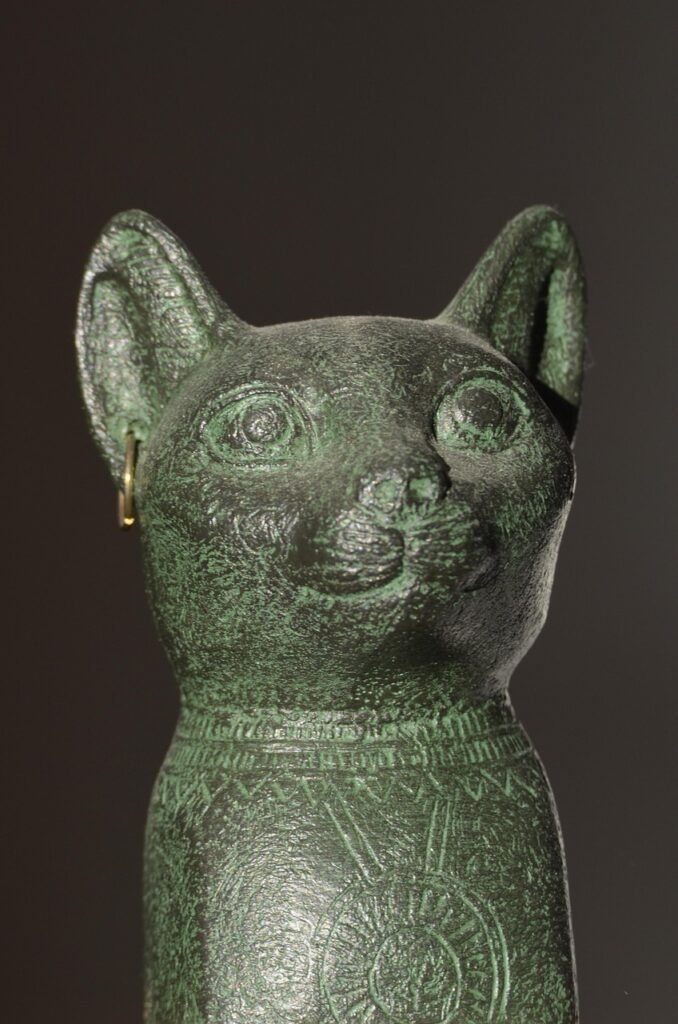
In ancient Egypt, cats held a sacred status, and the goddess Bastet, often depicted with the head of a lioness or domestic cat, was revered for her protective qualities. Black cats, like all cats, were honored and considered protectors, bringing good fortune to their households.
The Medieval Shift in Perception
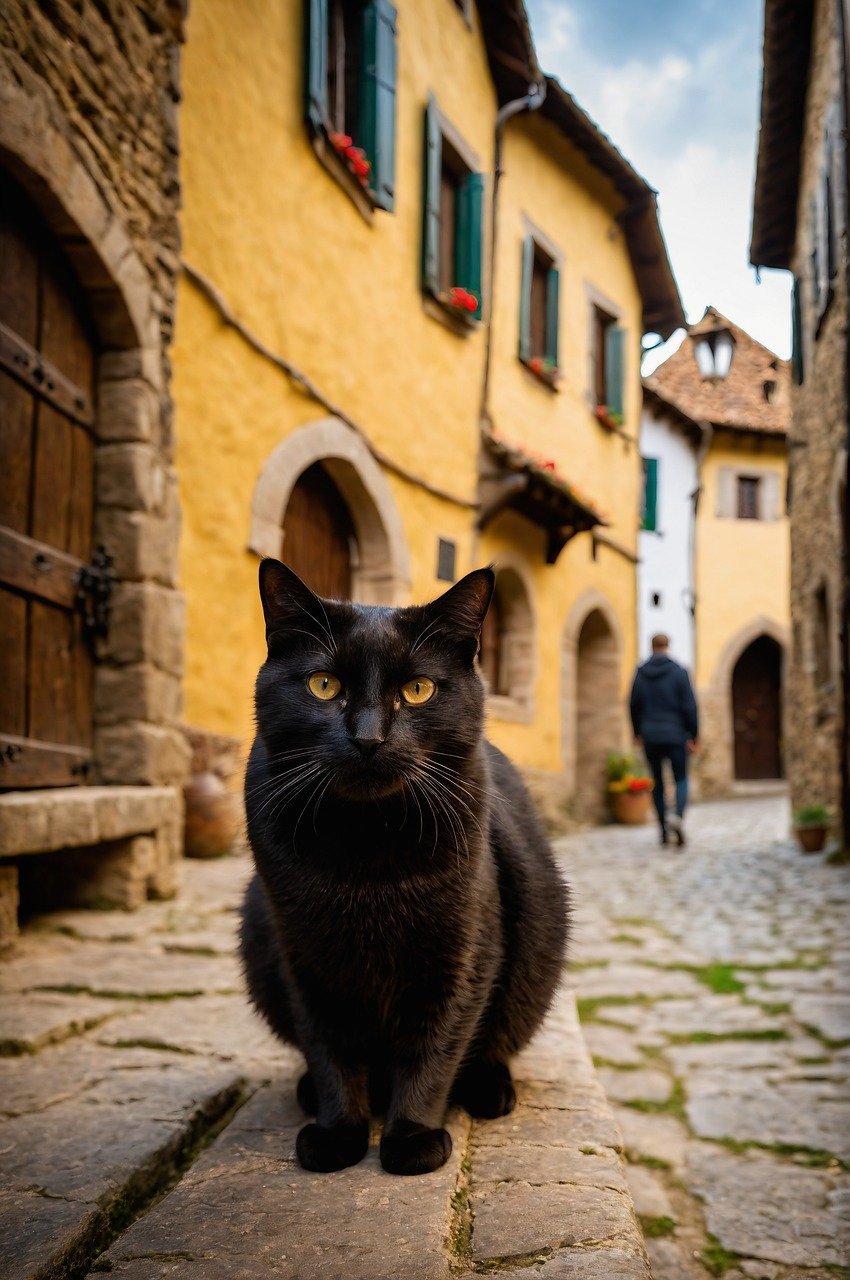
As time progressed into the Middle Ages in Europe, the perception of black cats took a darker turn. They became associated with witches, witchcraft, and the supernatural. This shift is largely attributed to medieval folklore and the fear of the unknown prevalent during that era.
Black Cats as Companions to Witches
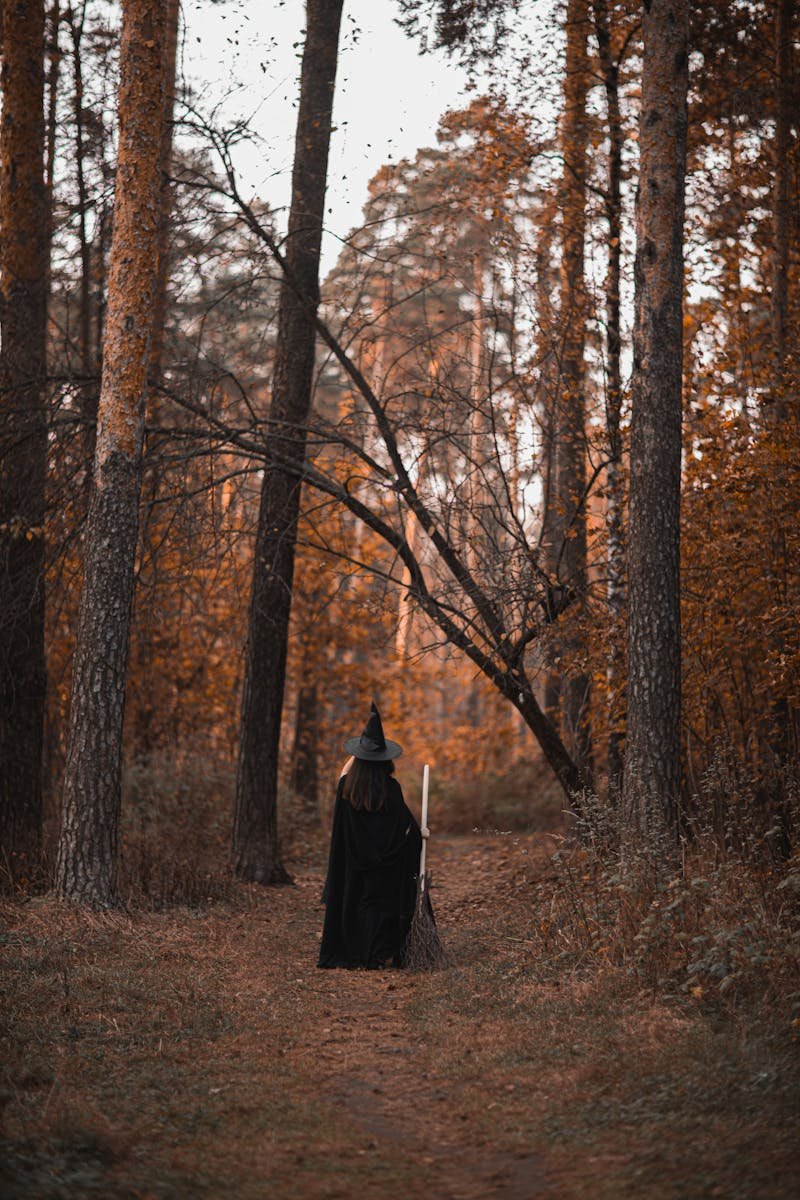
During the witch trials in the 16th and 17th centuries, black cats were often seen as familiars—supernatural entities believed to assist witches in their magical operations. This association significantly contributed to the superstition that black cats were harbingers of misfortune.
Cultural Differences in Symbolism
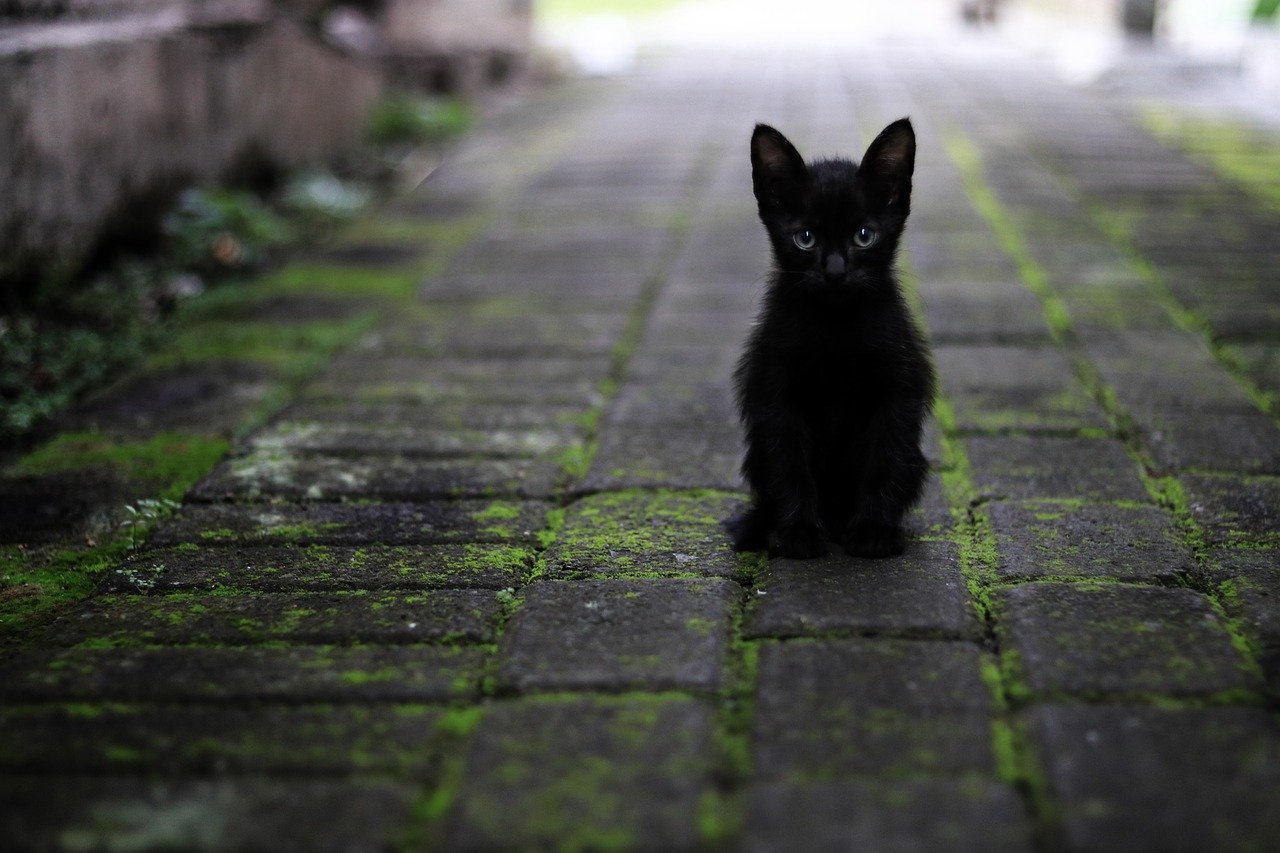
While many European cultures stigmatized black cats, other societies viewed them differently. In Japanese folklore, they were seen as symbols of good luck, especially for single women seeking romantic partners. Similarly, in British and Irish mythology, a black cat crossing your path was considered a sign of good luck.
Black Cats in American Superstitions
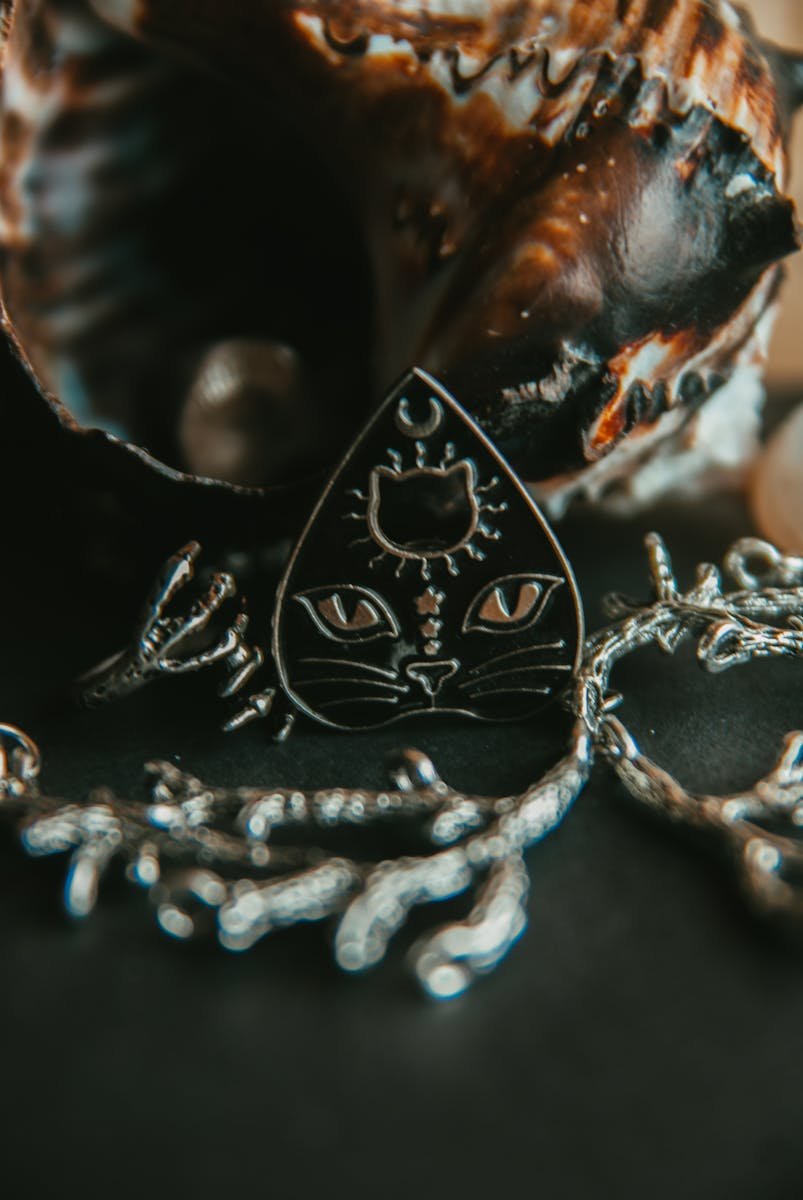
Black cats carried mixed connotations upon arriving in America. While the Pilgrims associated them with witchcraft, African-American folklore often regarded them as protective entities that could ward off malevolent spirits or bad luck.
The Scientific Perspective on Superstition
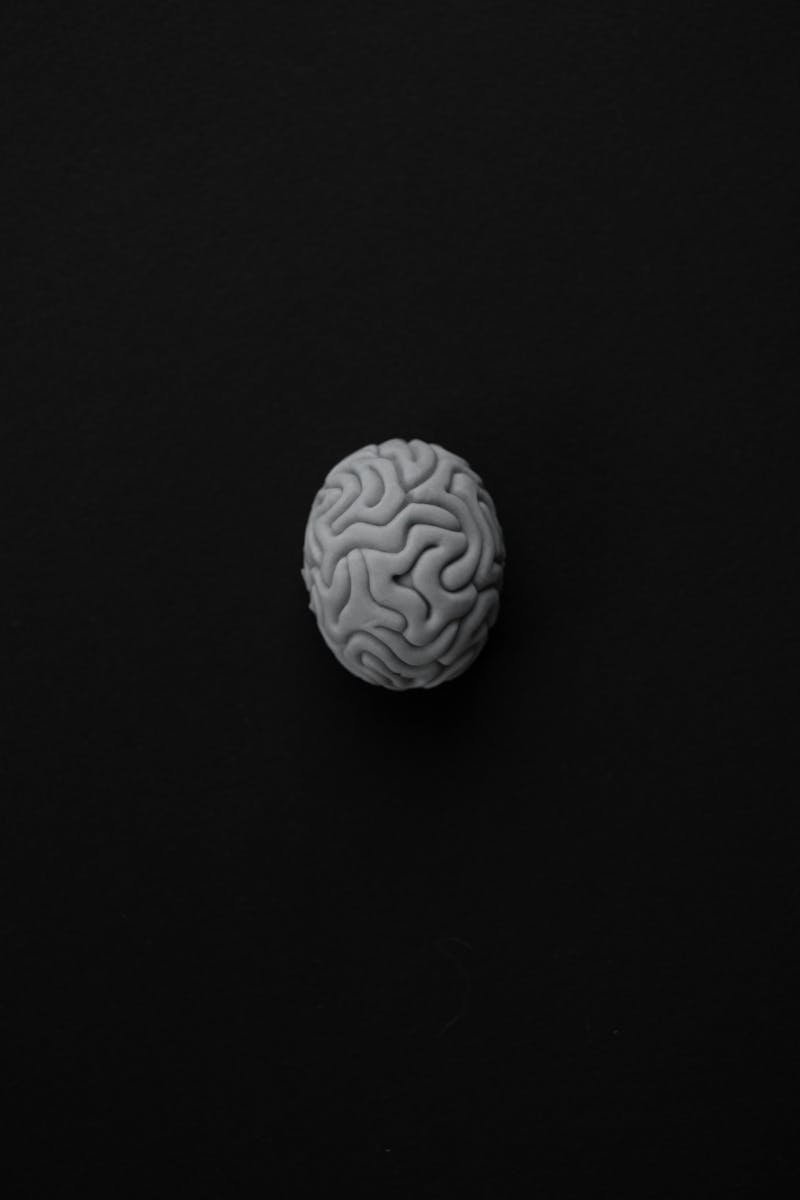
From a scientific standpoint, superstition surrounding black cats can be understood through the lens of cognitive biases and human psychology. The tendency to anthropomorphize animals and attribute meaning to coincidental events plays a significant role in how superstitions develop and persist.
Modern-Day Perspectives on Black Cats
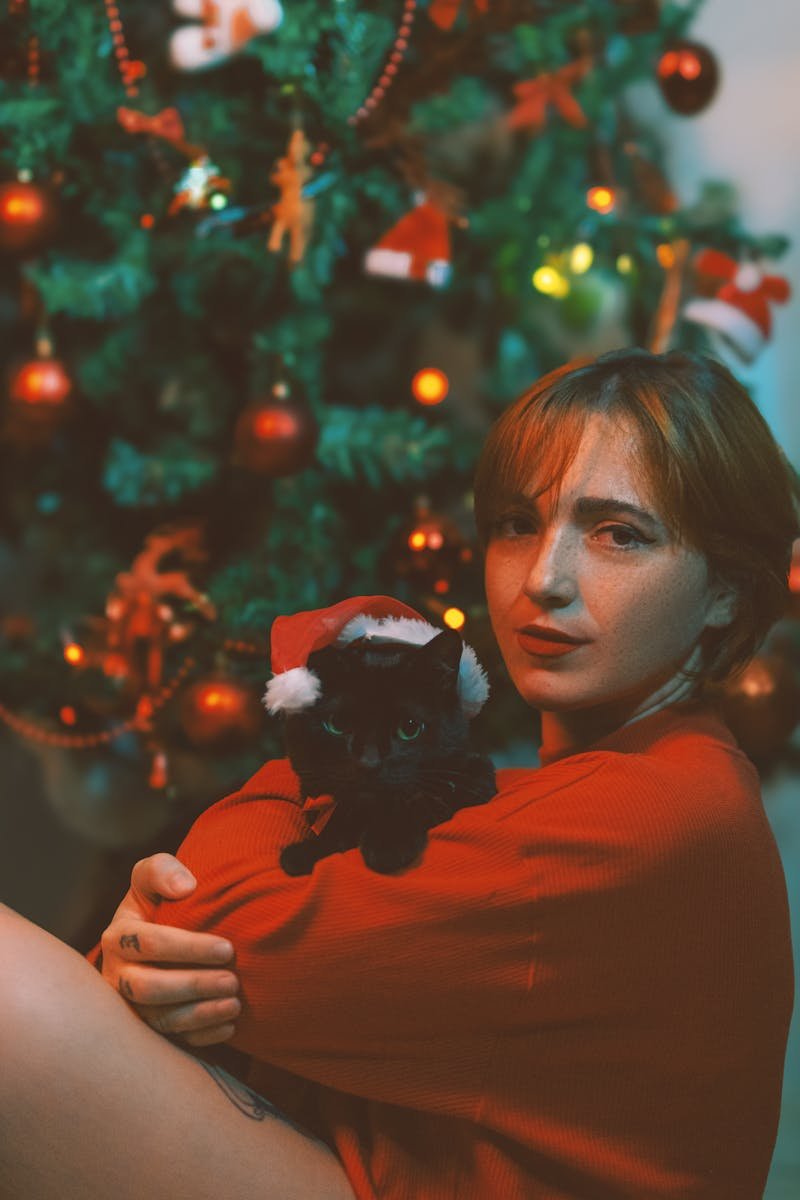
Today, black cats are adored by many as pets. Modern awareness campaigns by animal shelters often emphasize this shift in perception, promoting black cats as lovable companions deserving of good homes. These efforts are partly in response to the historical stigma they have faced.
Black Cats in Popular Culture
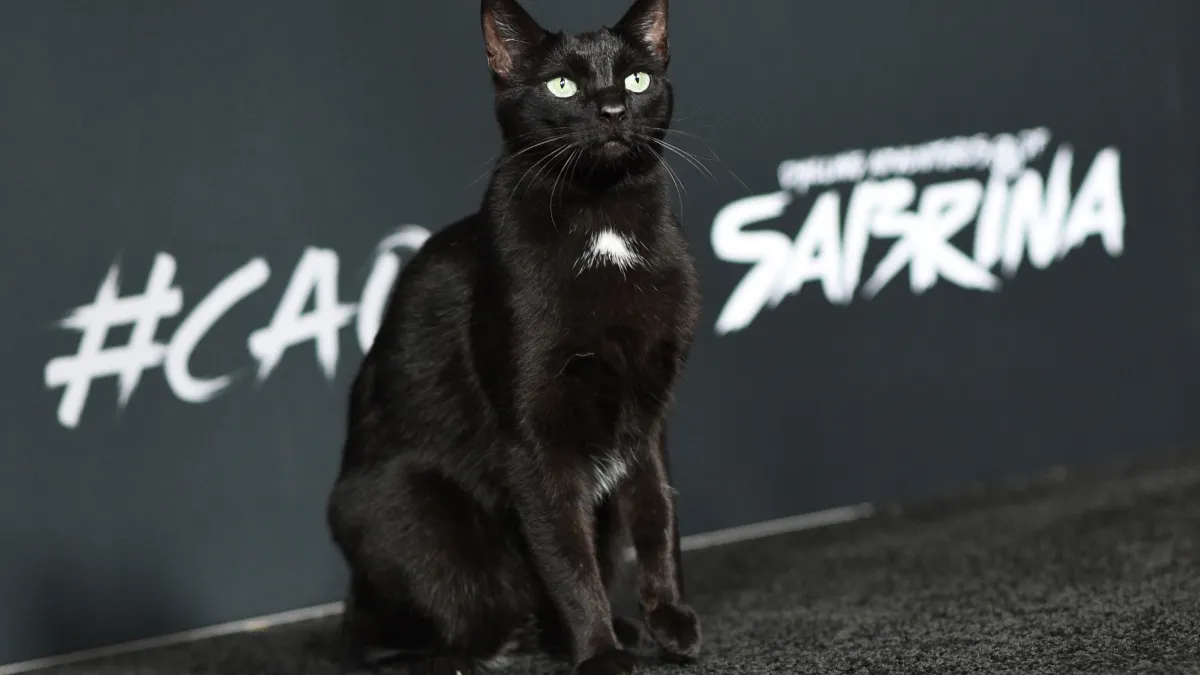
The role of black cats in popular culture has helped soften their image. From Salem, the quirky cat in “Sabrina the Teenage Witch,” to “The Cat in Coraline,” they are often portrayed as charming characters, furthering the trend of endearing these once-feared animals to mainstream audiences.
Appreciating the Legacy of Black Cats
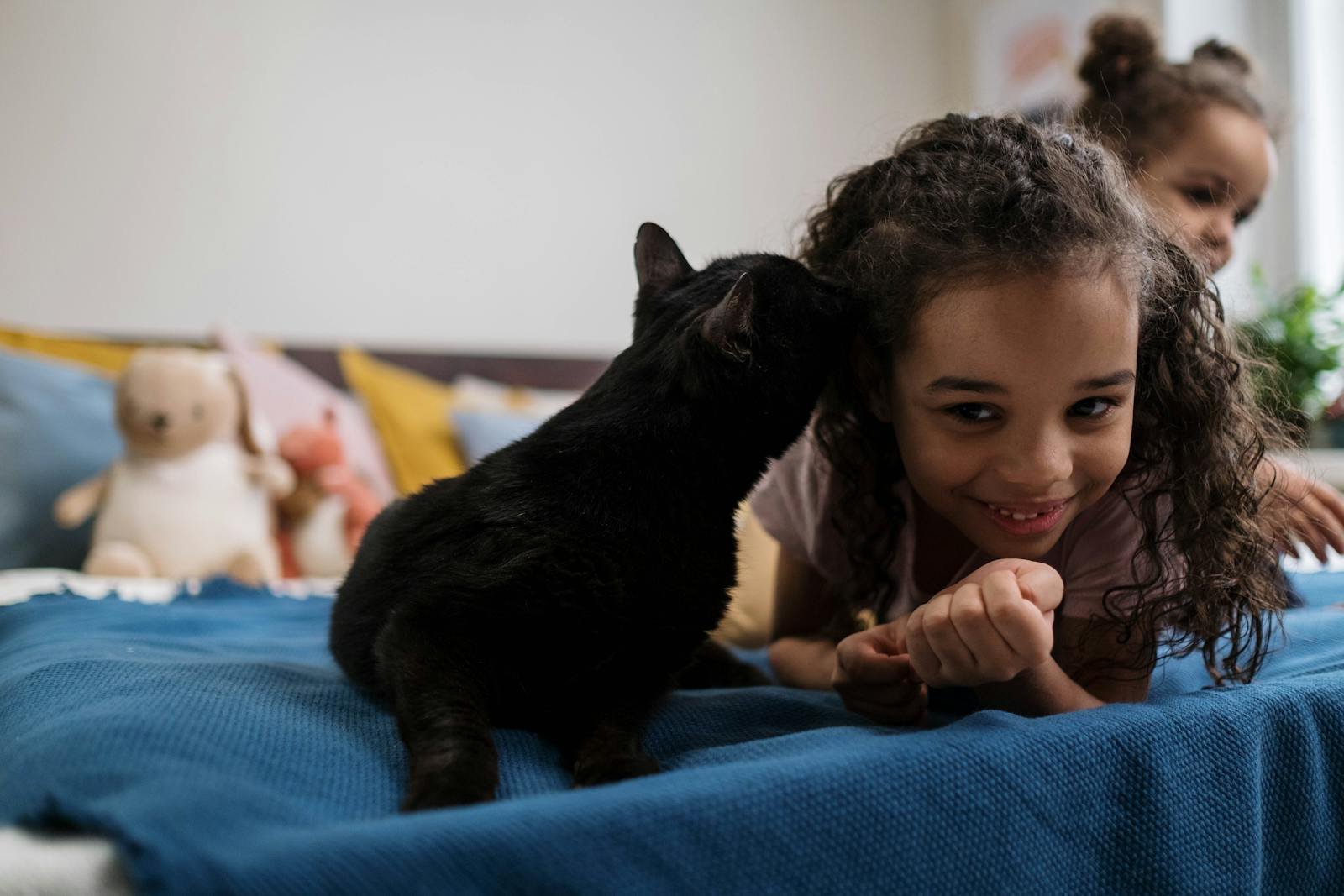
Understanding the history of black cats as symbols of luck and misfortune involves appreciating their journey from revered figures in ancient civilizations to subjects of fear during medieval times and now, beloved pets and pop culture icons. Recognizing this complex legacy invites us to embrace black cats as animals worthy of love and respect, free from the shackles of superstition.

Growing up traveling and experiencing new cultures and wonders, I have had a passion for nature, adventuring, photography, and videography. I am currently working towards a BSc in Biodiversity and Ecology at Stellenbosch University, and I hope to specialise in Marine Sciences one day.
Please send any feedback to Feedback@animalsaroundtheglobe.com






